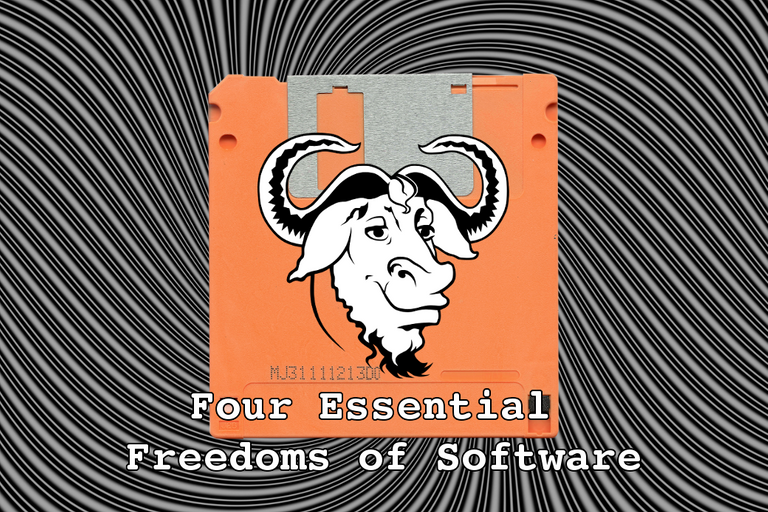
Here is a question you probably will never be asked. In a state of absolute hunger, do you look at the nutritional facts before eating something? More than likely the answer will be no. The same would go for the majority of software usage. Under the same circumstances, do you check to see what license your program has before making the decision to use it? Unless you read every terms of service I would highly doubt it. You are probably asking why the hell does it even matter. Many of us become victim due to the power of convenience, where we sacrifice our liberties at a click of a button to a company or developer. Unfortunately as the user we don't realize this until after the damage has been done.
In the computer industry, licenses define the amount of rights that are granted to the user. Making it the user's responsibility to decide which path to take. Free and Open Source Software (Firefox, GIMP, VLC) guarantees not just transparency for the code to be audited, but also protection for the user with the ability to make changes to the code and to redistribute it. Proprietary Software (Microsoft Windows, Adobe Flash Player, iTunes) on the other hand is the exact opposite. The owner of the program applies restrictions on how it can be used, distributed and will keep the source code hidden from the public. Shining light on these two different camps makes it very obvious which one respects its users.
The Birth of Proprietary Software
From the 1950s to the late 1960s most if not all of the software was public domain software, being produced by academics and corporate researchers collaborating with one another. This level of openness allowed for the individuals to make modifications, fix bugs, and add new features bringing more value to the hardware. In the early 1970s, operating systems and programming language compilers started to evolve causing an increase in production costs when compared to hardware. Since the cost of free software was included in the price, it brought very little revenue to provide adequate support for the machines that were being leased out. Also many customers didn’t want to pay additional for unwanted software, causing a decline in demand for open source solutions. By the late 1970s, companies migrated away from the concept of free distribution because they found that it was profitable to sell licenses with legal restrictions of the software they were producing. Thus spawning Proprietary software.
Aftermath
In 1983 a member of the hacker community at MIT named Richard Stallman announced the GNU Project. With the way the computer world was moving, he wanted there to be a non-proprietary Unix-like operating system where every line of code cherished the hacker ethic. Development for the project started in January 1984 and by March 1985 the GNU Manifesto was released. It explained the goals of the project, requested contributors support and rebutted against the notion that programmers need to make a living, among many other possible objections. On October 4th 1985, the Free Software Foundation was formed promoting not just the free software movement, but also defining the four essential freedoms of truly open source software. It said:
"A program is free software if the program's users have the four essential freedoms:
(0) The freedom to run the program as you wish, for any purpose.
(1) The freedom to study how the program works, and change it so it does your computing as you wish. Access to the source code is a precondition for this.
(2) The freedom to redistribute copies so you can help your neighbor.
(3) The freedom to distribute copies of your modified versions to others. By doing this you can give the whole community a chance to benefit from your changes. Access to the source code is a precondition for this."
A good way to remember is to think of “free” as in “free speech,” not as in “free beer”.
This level of ambition led to many great advancements in the free software movement. One of the most important ones was in 1992 when Linus Torvalds signed the Linux kernel under the GNU General Public License. Allowing the two to compliment each other, creating what we know today as Linux or GNU/Linux. There is still more work to be done, but it is important to note that behind the curtain of popular opinion there are alternatives that may support you and your taste. My reason for writing this is to express that when it comes to handling finance in the digital age it is best to come fully prepared. When deciding up on which assets you want to invest in or even wallets to use, make sure to do adequate research. A great resource for reference would be the Various Licenses page found on GNU.org. With this you can compare the licenses and know which projects are advancing freedom. That goes for applications we use on regular basis as well. Since it is not a common topic of discussion, we easily pass off programs as being "safe" enough so that we can get our job done. But that doesn't mean we should leave the discussion there.
